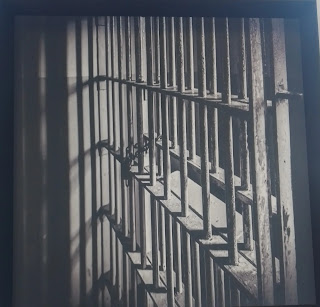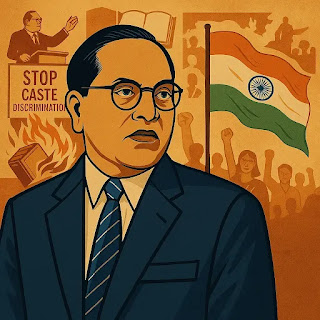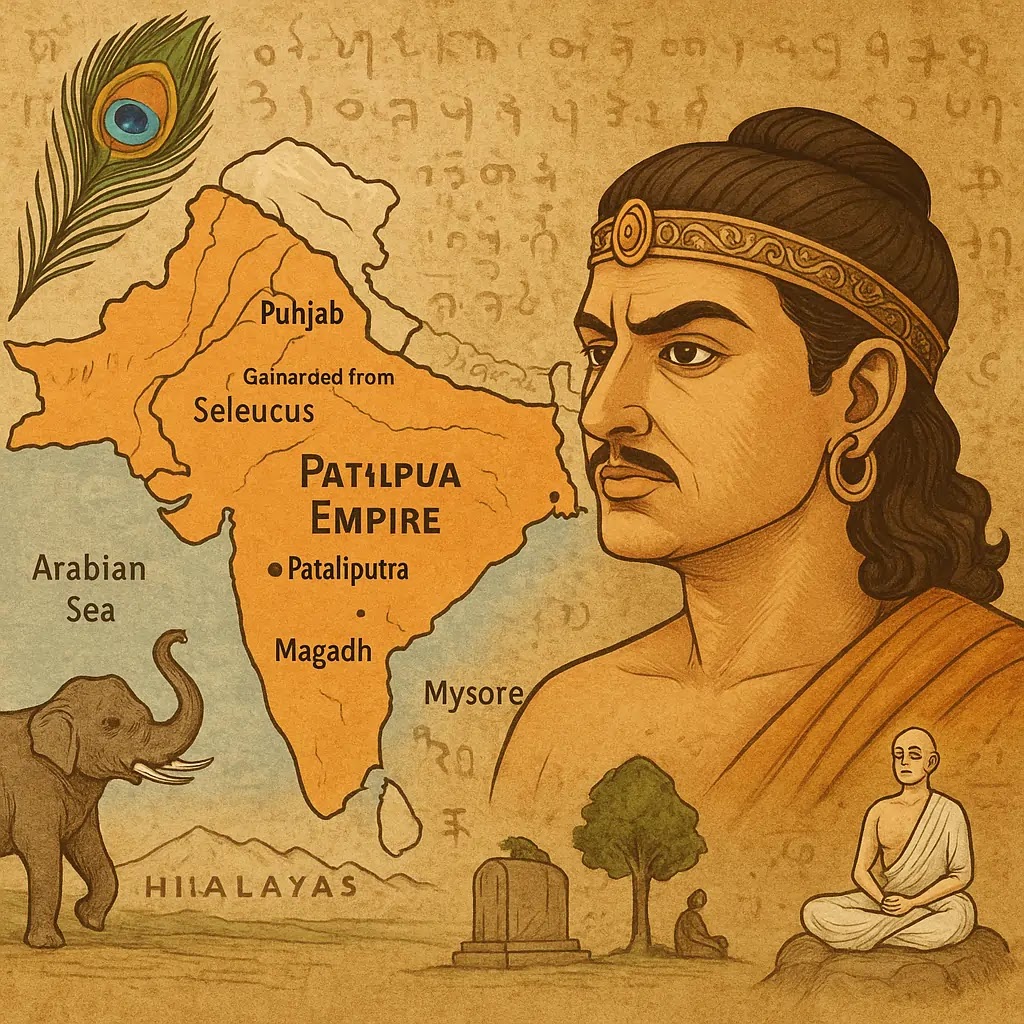Buxa Detention Camp: Fortress of Forgotten Resistance and Freedom

In the Heart of the Jungle, Behind the Walls of Silence—A Prison Without the Bars of Justice Buxa Fort, perched at an altitude of 867 meters (2,844 ft) in the heart of the Buxa Tiger Reserve, lies 30 km from Alipurduar town in West Bengal. Originally built by the Bhutanese King to guard a vital stretch of the ancient Silk Route connecting Tibet with India via Bhutan, the fort holds deep historical and strategic importance. In the late 18th century, during the Second Dooars War, the British army—supported by the King of Cooch Behar—seized control of the fort from the Bhutanese. By the 1930s, the British had transformed this remote and rugged outpost into a high-security prison and detention camp. Isolated and nearly unreachable, Buxa Fort earned a grim reputation as one of the most feared prisons in colonial India—second only to the Cellular Jail in the Andaman Islands. It became a crucible of psychological endurance, spiritual introspection, and nationalist determination. The fort ...








